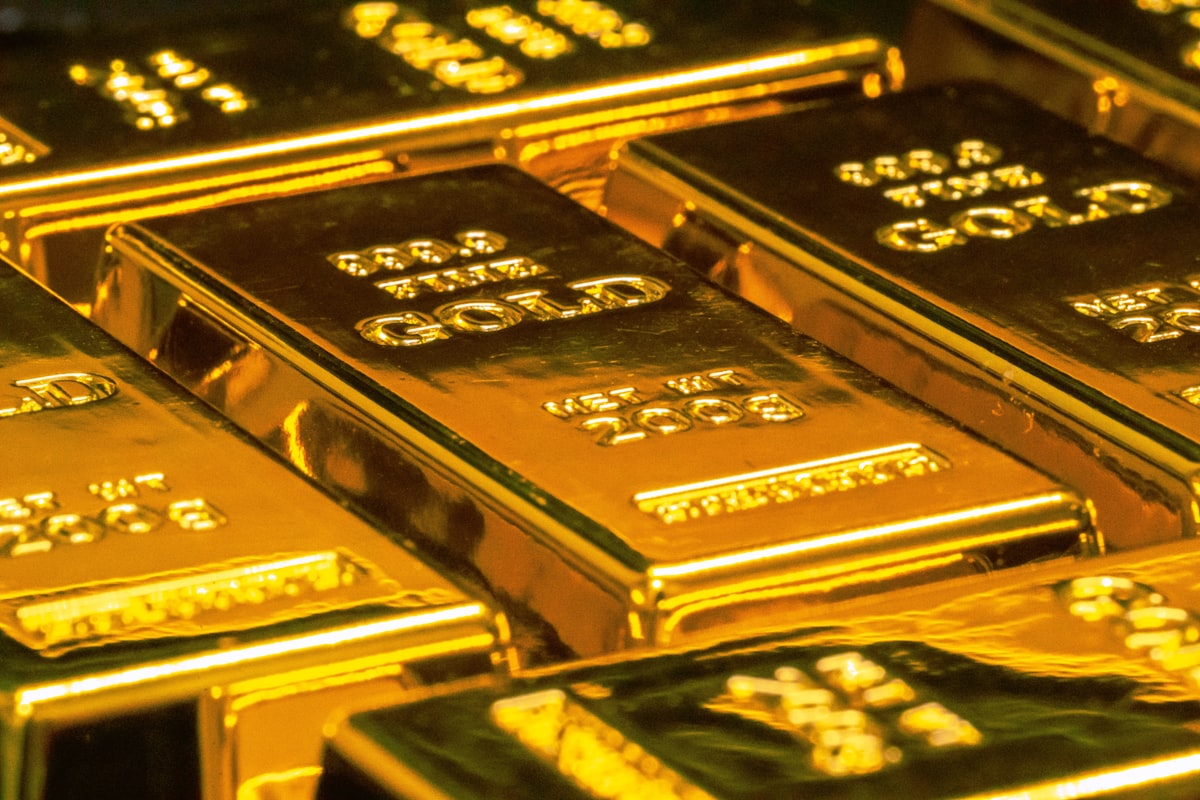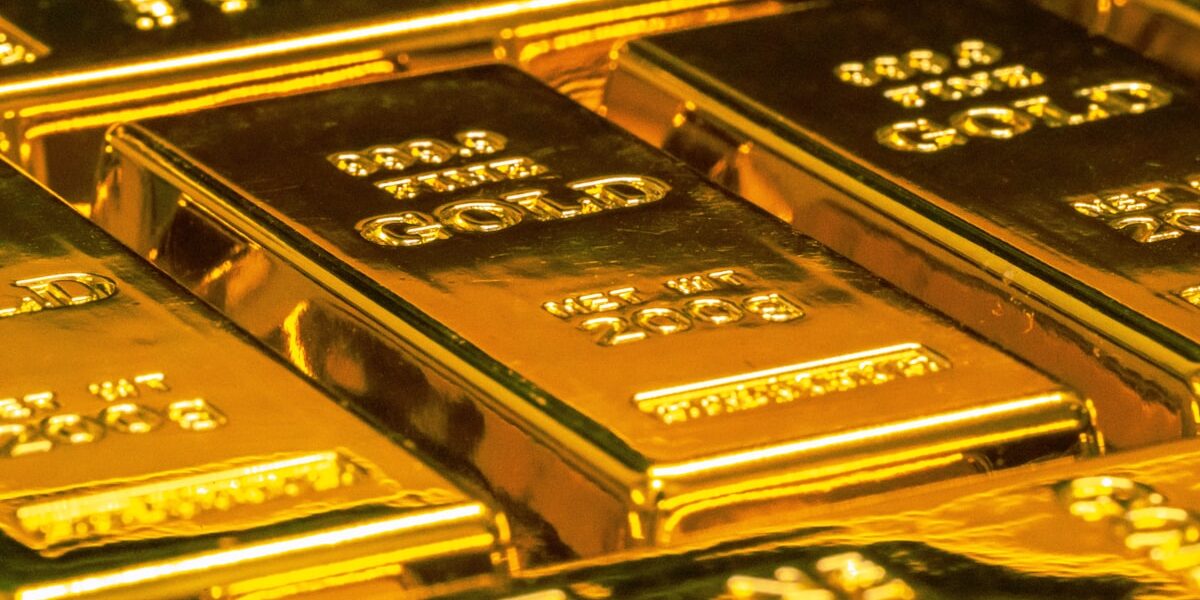L and C Coins: A Deep Dive into Their Historical Significance
Coins serve as more than just a medium for trade. They are historical documents that reveal much about the culture, politics, and economy of the civilizations that produced them. L and C coins, shorthand for Large Cents, are no exception. They offer a fascinating glimpse into early American numismatics.
The Genesis of Large Cents

Large Cents were first minted in the United States in 1793. These coins circulated until 1857, when the U.S. Mint replaced them with smaller one-cent pieces. The transition marked a significant shift in American coinage. The early Large Cents were made of nearly pure copper and had a hefty feel. Their size and weight were reminiscent of the British pennies used in the colonies before independence.
Design Evolution
The design of Large Cents changed multiple times during their six-decade run. The earliest versions featured a flowing hair design, which symbolized liberty. Later issues transitioned to the Draped Bust and, eventually, the Matron and Braided Hair designs. These changes not only reflect the evolving artistic tastes of the time but also advancements in minting technology.
Flowing Hair
- First minted in 1793
- Features a liberty cap
- Symbolizes freedom and liberty
Draped Bust
- Introduced in 1796
- More refined and classical
- Portrait based on a famous painting
Matron and Braided Hair
- Matron Head introduced in 1816
- Braided Hair design in 1839
- Reflects changing tastes
Production and Minting Challenges
Producing Large Cents was labor-intensive. Each coin required significant amounts of copper, which had to be sourced and refined. The minting process itself wasn’t straightforward. Early mint operations were plagued by inefficiencies and technical challenges. Over time, improvements like the steam press revolutionized coin production. However, even with these advancements, each Large Cent represented significant effort and resources.
Economic Context
The economic backdrop of the 18th and 19th centuries influenced the design and production of Large Cents. The nascent American economy relied heavily on coinage for trade. Paper money existed, but people viewed it with suspicion. Coins had intrinsic value, especially those made of copper and silver. Large Cents filled an essential role in everyday transactions. As the economy grew, the need for consistent and reliable coinage became more apparent.
Collectibility and Value
Today, Large Cents hold significant value for collectors. Their worth depends on various factors, including rarity, condition, and historical significance. Early issues from 1793 are particularly prized. These coins are rare and often fetch high prices at auctions. Even common dates can be valuable if they’re in good condition or have unique features. Collectors often seek out error coins, which were minted with mistakes. These errors make the coins unique and can significantly increase their value.
Grading and Authentication
Proper grading and authentication are crucial in the world of coin collecting. Various organizations specialize in assessing the condition of coins. The Sheldon Scale is a popular grading system, ranging from 1 to 70. A higher grade signifies better condition and, usually, higher value. Authentication ensures that coins are genuine, protecting collectors from fraud. Specialized equipment and expert knowledge are required to identify counterfeit coins. Reputable dealers and auction houses offer guarantees of authenticity, providing peace of mind to buyers.
Significant Collections and Exhibits
Many museums and private collections feature Large Cents. These exhibits offer educational insights and allow the public to appreciate these historical artifacts. The American Numismatic Association’s Money Museum holds an extensive collection of early American coins, including Large Cents. Special exhibitions often focus on the history and significance of these coins, providing context and deeper understanding.
Preservation Techniques
Preserving Large Cents requires specific techniques to maintain their condition. Proper storage is critical. Coins should be kept in a climate-controlled environment to prevent corrosion and deterioration. Using coin holders or albums can protect them from damage. Handling coins should be done with care. Oils and dirt from hands can degrade the metal over time. Cleaning coins is generally discouraged, as it can reduce their value. If cleaning is necessary, it should be done by professionals using appropriate methods.
Numismatic Societies and Resources
Joining numismatic societies can be beneficial for collectors. These organizations provide resources, education, and a sense of community. The American Numismatic Association offers courses, libraries, and events for members. Online forums and social media groups also offer platforms for sharing knowledge and experiences. These resources can help collectors make informed decisions and avoid common pitfalls.
Investment Potential
Large Cents can be a good investment. Their historical significance and finite supply make them appealing assets. However, like all investments, they come with risks. Market trends can influence prices, and not all coins will appreciate in value. Diversification within a collection can mitigate some risks. Collecting coins from different eras or types can stabilize value over time.
Connecting with History
Owning a piece of early American history can be a rewarding experience. Large Cents serve as tangible connections to the past. Each coin has a story, reflecting the era in which it was minted. Collectors often feel a sense of stewardship, preserving these artifacts for future generations. The joy of discovering and collecting can be fulfilling, providing both educational and emotional rewards.
Large Cents remain a significant part of American numismatic history. Their journey from production to the present day offers valuable insights into our nation’s past. For collectors, historians, and enthusiasts, these coins are more than just metal—they are pieces of history worth preserving and studying.




Subscribe for Updates
Get the latest articles delivered to your inbox.
We respect your privacy. Unsubscribe anytime.